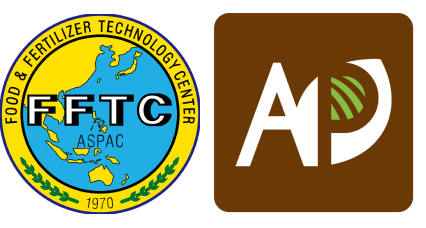Introduction
Durian (Durio spp) or the “King of Fruits” is a seasonal fruit that is extensively grown in tropical regions, in Indonesia, Thailand, Malaysia and the Philippines. It also grows in northern Australia, some South American countries and in Africa. Known for its distinctive...
Comment
You may also like
2015.12.08
6,612
ABSTRACT
There have been growing interests in the rise of public Good Agricultural Practices (GAP) standards in Southeast Asia that have been implemented by the governments in the region. This paper examines the local implementation of Malaysian public GAP standard called ‘MyGAP’...
2024.09.18
808
ABSTRACT
Thailand, Malaysia, Vietnam and Indonesia are the major durian producers in the world and the humble fruit has since become a premium product with hectares measured in high value dollar terms per unit hectare. In this boom, China has become the world's largest importer and consumer of...

The Ministry of Agriculture and Environment released the food safety control process for fresh durian exports on August 4, marking the country’s first nationwide regulatory framework for a high-value agricultural product that generates billion-dollar export revenue annually.
Accordingly, all stakeholders along the durian value chain, from farming, harvesting, transportation, storage, and packaging to export, must adhere to the standardised procedures and are subject to monitoring by local regulatory authorities.
This new requirement aims to eliminate accountability gaps in cases where goods are rejected at destination ports.
The ministry mandates that all growing regions and packing facilities be inspected, monitored, assigned identification codes, and included in lists recognised by the importing countries.
Even if producers have obtained internationally recognised certifications such as VietGAP, GlobalGAP, HACCP, or ISO 22000, they must still undergo periodic assessments or sign written commitments subject to inspection.
Read more here.